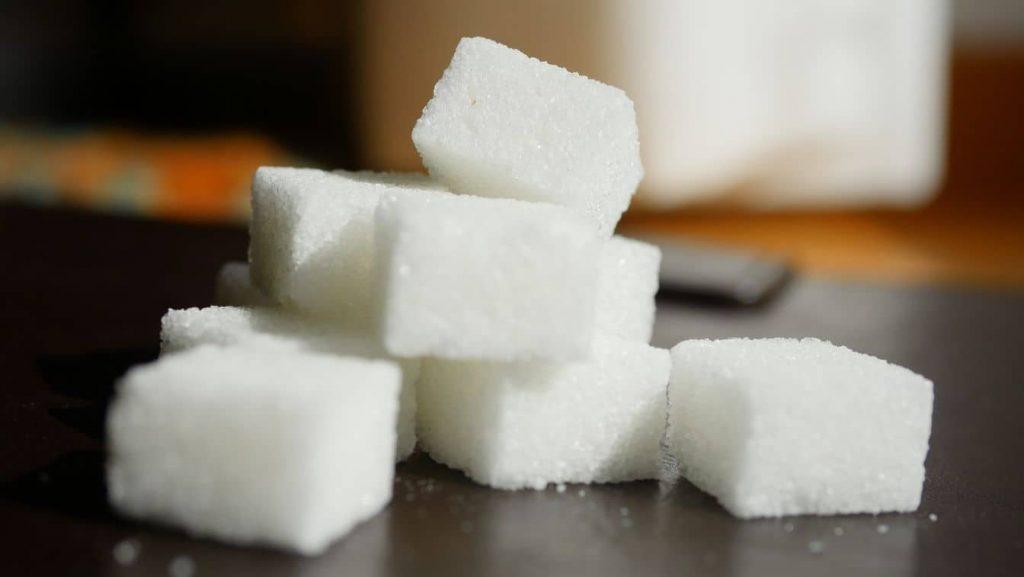Porto Alegre, October 8th, 2024 – September was a period of strong volatility in the prices of crystal sugar traded on the physical market. The overall average of negotiations monitored by SAFRAS & Mercado showed prices at around BRL 138.24 per 50 kg of crystal sugar with up to Icumsa 150. This average was 7% higher than the average of the previous month, of BRL 128.82, although it remained negative, at the level of 13% in comparison to the same period last year. Besides the year’s decline, compared to the 5-year average for the same period, there was also a lag in September, albeit smaller, in the range of 4%. Both the annual comparison and the comparison of the 5-year average were adjusted by inflation and brought to present values.
In general, the 7% high in the short term proved to be even greater than SAFRAS & Mercado expected for the period. For September, SAFRAS & Mercado expected prices to be BRL 132 per 50 kg, which was 4.5% lower than the actual average for September of BRL 138 per 50 kg. Even so, compared to the average for August of BRL 128 per 50 kg, SAFRAS & Mercado correctly anticipated a price hike that ended up being 4.5% higher than our estimate for the period. For October, SAFRAS & Mercado expects an even higher average for sugar negotiations, at BRL 143 per 50 kg.
The basis for the advances seen in September and for the continued appreciation to be seen now in October is the sum of fundamental, environmental and climate risks. Regarding climate risk, there is no news on the issue, since the drought that has been going on since April should last at least until the first half of October. The monthly rainfall maps show that only in November and December rainfall would return to the Center-South with heavy to moderate intensity. In this sense, October will still be a month marked by low rainfall, which, if confirmed, should only be concentrated at the end of the second half of the month.
On the environmental side, we have the effects of the fires that are prolonged and aggravated by the drought. When the fires began to get out of control, in the transition from the third to the fourth week of August (August 23), an area of 80 thousand hectares of sugarcane had been burned. After this, by September 15, the burned area increased to 400 thousand hectares. From September 15 to September 23, another 50 thousand hectares were affected by the fire, increasing the area affected so far to 450 thousand hectares. SAFRAS & Mercado estimates that by the beginning of October the area of burned cane should reach the level of 500 thousand hectares, increasing to 540 thousand hectares by the end of the first half of October when the rain finally reaches the Center-South.
All of this reinforces the pattern of seasonal decline in the cane harvest that would occur even if there were no drought and fires. The peak of the harvest season occurred between the second half of July and the first half of August. Since then, every fortnight, the Center-South region has followed its seasonal trend of crushing less and less cane, as the harvest moves into its second half and normal end. However, the fires and drought have accelerated this end to exponential levels, which has also exponentially reinforced support for sugar prices in September and will continue to do so not only in October but also for the rest of 2024 and at least the first quarter of 2025.

